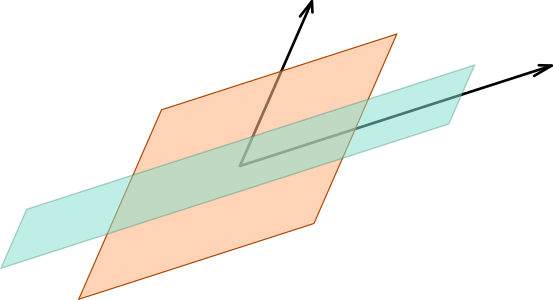Math 341

Proof by Induction
Mathematical Induction, or “induction” is a technique to prove a
list of mathematical statements
P1,P2,P3,…,Pn,Pn+1,…,
Here each Pn stand for a mathematical statement. Example:
Pn could be the statement
- Pn: “1+2+3+⋯+n=21n(n+1)”
One way to prove that each Pn is true is to try to prove them one by one
- prove P1
- prove P2
- prove P3
- ⋮
- prove Pn
- ⋮
and so on. The idea of mathematical induction is that once you have proved
P1, P2, …, Pn, you know that P1, P2, …, Pn are
true so you could use that knowledge when you try to prove Pn+1.
An induction proof then always consists of the following steps:
- The initial case: a proof that P1 is true
- The induction step: assuming that P1,…,Pn are true, prove Pn+1
is true.
The example: prove 1+2+3+⋯+n=21n(n+1) for all n
In the above example the initial step requires us to prove “1+2+3+⋯+n=21n(n+1)” when n=1. For n=1 the statement is
P1:1=21⋅1⋅(1+1)
which is true, by direct calculation.
In the induction step we assume that
Pn:1+2+3+⋯+n=21n(n+1)
is true, and we have to prove
Pn+1:1+2+3+⋯+n+(n+1)=21(n+1)((n+1)+1).
This step requires some algebra:
1+2+3+⋯+n+(n+1)=21n(n+1)+(n+1)=(21n+1)(n+1)=21(n+2)(n+1)=21(n+1)((n+1)+1)(use Pn)(factor)
So we have shown Pn⟹Pn+1 for any n∈N: this is called the induction step.
The induction step gives us the chain of implications
P1⟹P2⟹P3⟹P4⟹⋯
and since we have checked that P1 is true, it follows that all Pn are true.

